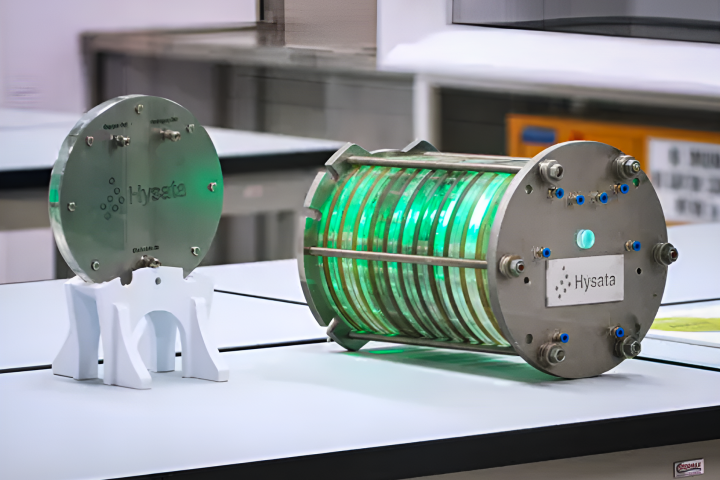A multidisciplinary team working at Pennsylvania State University claim to have used human stem cells to regenerate the cells that cover the external surface of a human heart. The new research may one day help replace damaged tissues caused by a heart attack or genetic defects.
Building upon previous research into what is known as Wnt signaling pathways (a group of protein conduits that allow signals to enter a cell via cell-surface receptors), the researchers found that the action of certain chemicals on these pathways effectively turned the cardiac stem cells into myocardium cells (which make up the middle of the heart's three layers of muscle), which they can then transform into epicardium (outer layer) cells.
"In 2012, we discovered that if we treated human stem cells with chemicals that sequentially activate and inhibit Wnt signaling pathway, they become myocardium muscle cells," said Xiaojun Lance Lian, assistant professor of biomedical engineering and biology, leader of the study at Penn State. "We needed to provide the cardiac progenitor cells with additional information in order for them to generate into epicardium cells, but prior to this study, we didn't know what that information was. "Now, we know that if we activate the cells' Wnt signaling pathway again, we can re-drive these cardiac progenitor cells to become epicardium cells, instead of myocardium cells."

According to the researchers, this knowledge will help them work toward the eventual regeneration of a complete heart wall, particularly as the team's assessments have shown that the epicardium cells generated from cardiac progenitor stem cells were similar to other epicardium cells found naturally in humans.
With someone in the United States having a heart attack every 43 seconds (according to the Centers for Disease Control and Prevention), there is an ongoing and critical need for improved processes and techniques to help save the large numbers of patients every day. The PennState researchers believe that their research could have a telling effect on recuperation from heart attack.
"Heart attacks occur due to blockage of blood vessels," said Lian. "This blockage stops nutrients and oxygen from reaching the heart muscle, and muscle cells die. These muscle cells cannot regenerate themselves, so there is permanent damage, which can cause additional problems. These epicardium cells could be transplanted to the patient and potentially repair the damaged region."
Other techniques for repairing the human heart (such as injecting partial stem cell components to repair damaged hearts in mice) are also still in train, but the PennState research may offer a viable alternative by being able to grow and control stem cells in a laboratory until they are required. Particularly as, according to the researchers, they have no problems keeping modified cells proliferating for more than 50 days so far.
Moving forward, the team intends to continue working to advance their research on endocardium cell regeneration, with the ultimate goal of producing all of the various heart layers from the same heart progenitor stem cells.
"We are making progress on that inner layer, which will allow us to regenerate an entire heart wall that can be used in tissue engineering for cardiac therapy," said Lian.
The results of this research were recently published in the Nature journal Biomedical Engineering.
Source: Pennsylvania State University





